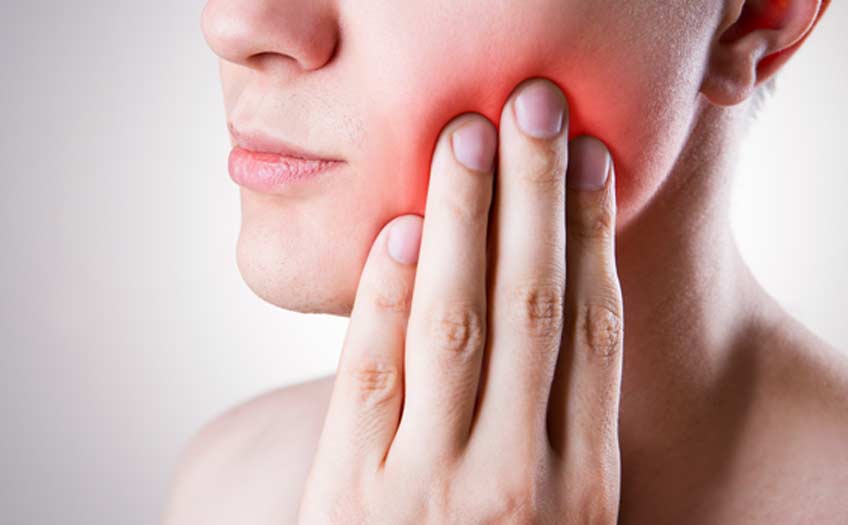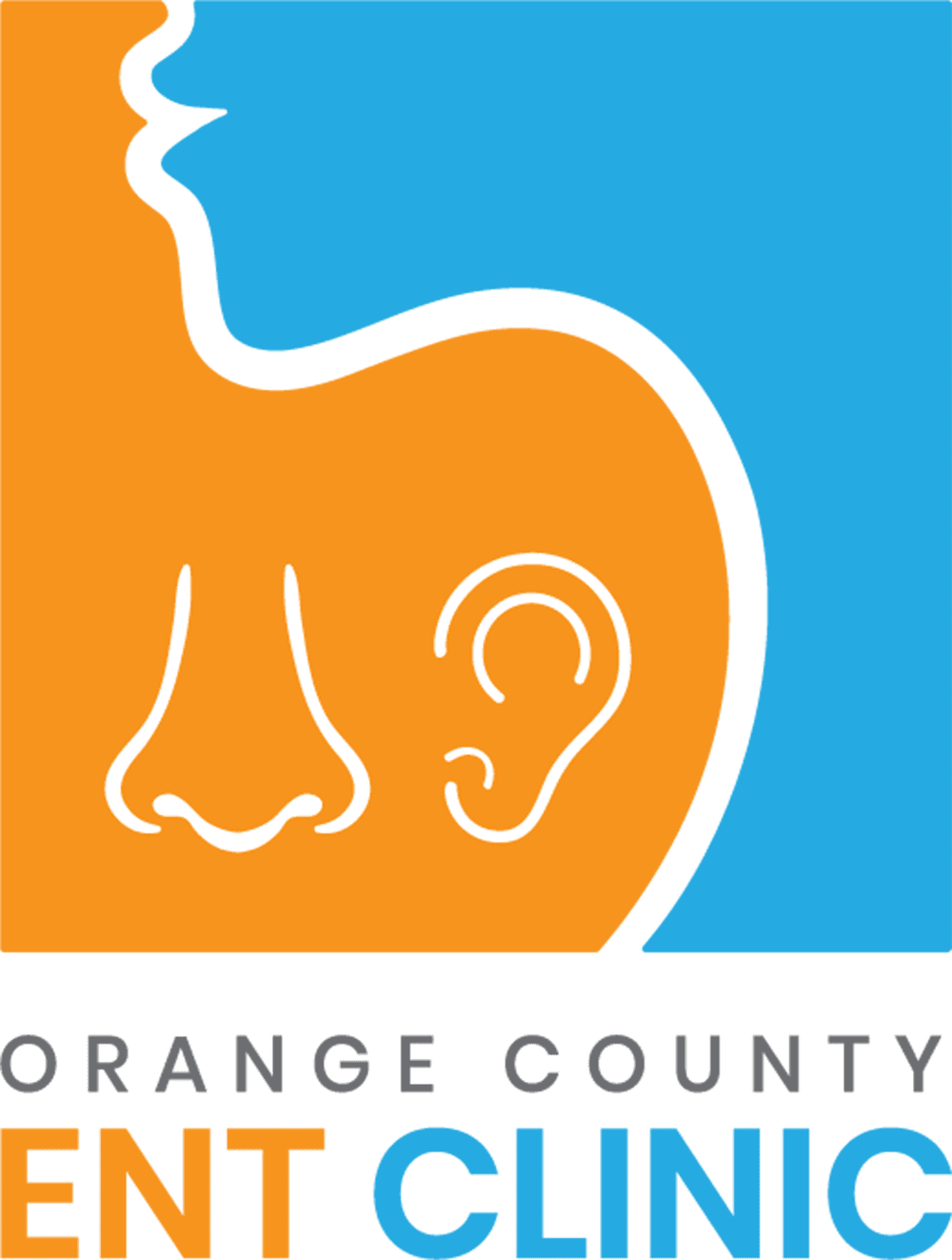
There are several pairs of glands situated around a person’s mouth that are designed to produce saliva.
These salivary glands are primarily located on the floor of the mouth, under the tongue, and inside the cheeks. While it’s rare for a person to experience problems with their salivary glands, it’s possible to develop a salivary gland infection, which can naturally occur from a reduction in saliva flow.
Treatment for a salivary gland infection is important, which is why you should have a strong understanding of the main signs that an infection has occurred.
What Is a Salivary Gland Infection?
A salivary gland infection occurs when a viral or bacterial infection directly affects the salivary ducts or glands. A common reason for this infection to develop is because the salivary duct is blocked or has become inflamed, which can reduce saliva flow. Saliva is essential to numerous functions of the body, the primary of which involves controlling the amount of bacteria in the mouth. If saliva production levels are low, the bad bacteria in your mouth won’t be washed away like it’s supposed to be, which could lead to the infection of your salivary glands. Since there are three pairs of salivary glands around your mouth, it’s possible for any of these glands to become infected.


Main Causes of This Infection
An infection of the salivary glands is typically caused by another kind of bacterial infection, which could be anything from strep throat to an E. coli infection. Since this infection usually develops because of a reduction in saliva flow, any condition that causes you to produce less saliva could cause a salivary gland infection. The main causes of lower saliva production include conditions like mumps, a tumor, dehydration, poor oral hygiene, herpes, or HIV. If you have a high risk of suffering from any of these conditions or diseases, you will also have a high risk of suffering from a salivary gland infection.
Symptoms That Might Occur From an Infection
Most of the symptoms associated with a salivary gland infection mimic those of other conditions, which can make this infection difficult to diagnose. As such, you should look for two or more of the following symptoms before determining that you’re suffering from this type of infection. The main symptoms that occur with this infection include a dry mouth, facial pain, discomfort whenever eating or opening your mouth, and swelling around your face or neck. You could also experience general signs of an infection like chills or a fever.
How a Salivary Gland Infection Is Treated
The treatment solution that you’re provided with depends on how severe the infection is as well as the underlying cause of the condition. Antibiotics are commonly administered for some of the more severe symptoms that come with this infection. These antibiotics can be particularly effective if the infection was caused by another bacterial infection. Some common home remedies include drinking large amounts of water and rinsing the mouth with warm or hot salt water. Surgery is typically unnecessary but can involve the removal of part or all of a salivary gland.
